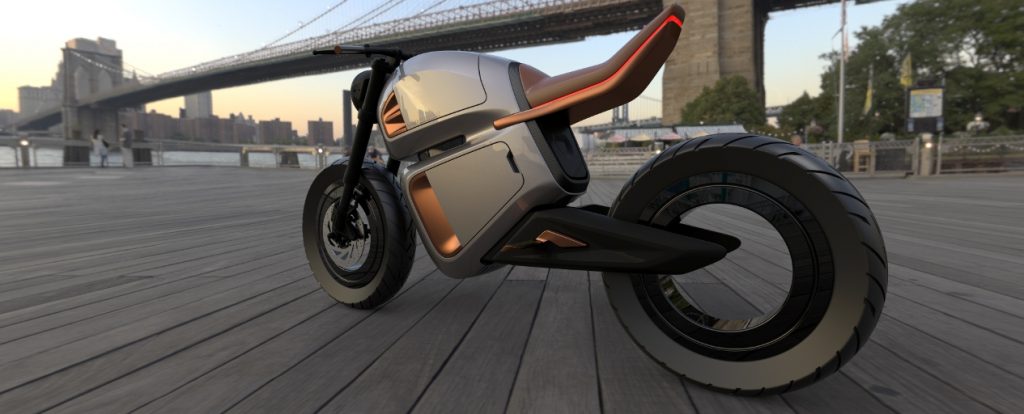Future Battery Technology
Lithium-ion batteries were first available in 1991, typically replacing nickel metal hydride batteries. However, they are limited in terms of energy storage, efficiency of power conversion and safety, and they do have a tendency to catch fire.
There are a number of battery technologies that appear superior to lithium-ion, however they are mostly not commercially available. In this regard it is worth noting that there is quite a gulf between academic success and commercialisation.
Below is a brief summary of some battery types that have had success in the laboratory and appear to have a reasonable chance of commercialisation.
Fast charging of lithium-ion batteries
Currently recommended charging rates are kept low to avoid overheating. This is because internal temperatures are not known. Researchers at the University of Warwick, UK, have developed a method of measuring the internal temperature without affecting performance. They estimate that batteries could be safely charged as much as five times faster.
Samsung Graphene Balls
Samsung has developed a graphene-silica product, called a graphene ball, that can be used as a cathode coating and as anode material. This material increases charging capacity, decreases charging time and stabilises temperature.
Aluminium-air batteries
These batteries have very high energy density, such that a car has been driven for 1,000km on a single charge, and researchers say the range could be up to 8 time that of lithium-ion. They are also much lighter than lithium-ion. Oxygen in the air reacts with the aluminium anode, they are not rechargeable but the anode material can be recycled and used to replace the discharged anode.
NAWACap ultracapacitor
There are two main electricity storage solution; batteries and supercapacitors. Batteries provide better energy density and supercapacitors superior power density. The French firm, NAWA Technologies has developed an ultracapacitor to be used in conjunction with a lithium-ion battery.
The first vehicle to use the ultracapacitor was the NAWA Racer motorcycle bult in 2019. The benefits include high energy recovery upon braking, extended range, lower charging time, smaller lithium -ion battery and thus reduced weight.

The NAWA Racer
Lithium-sulphur batteries
These batteries can store as much as five times the energy of lithium-ion. They are also lighter and do not require expensive minerals such as rare earths, nickel and cobalt, thus they are greener. A problem had been high stress on the sulphur cathodes causing them to breakdown. However, a team at Monash University, Aust has developed a process that prevents this breakdown. The tean expects to have commercial batteries available by 2022-2024.
Sand Batteries
These batteries use silicon instead of graphite in the anodes and have much higher energy density.. The main problem has been that the silica degrades too quickly. However, scientists at the University of California, Riverside believe they may have solved the problem.
In addition a company, Sila Nanotechnologies, has already developed silicon anodes that can be used in existing lithium-ion manufacturing plants. They have raised USD590M to build a manufacturing plant.
Conclusion
The above battery technologies appear to be the most advanced, there are many others in development but at an earlier stage. For example, IBM is developing a battery that uses materials extracted from seawater and does not use metals such as nickel and cobalt.
